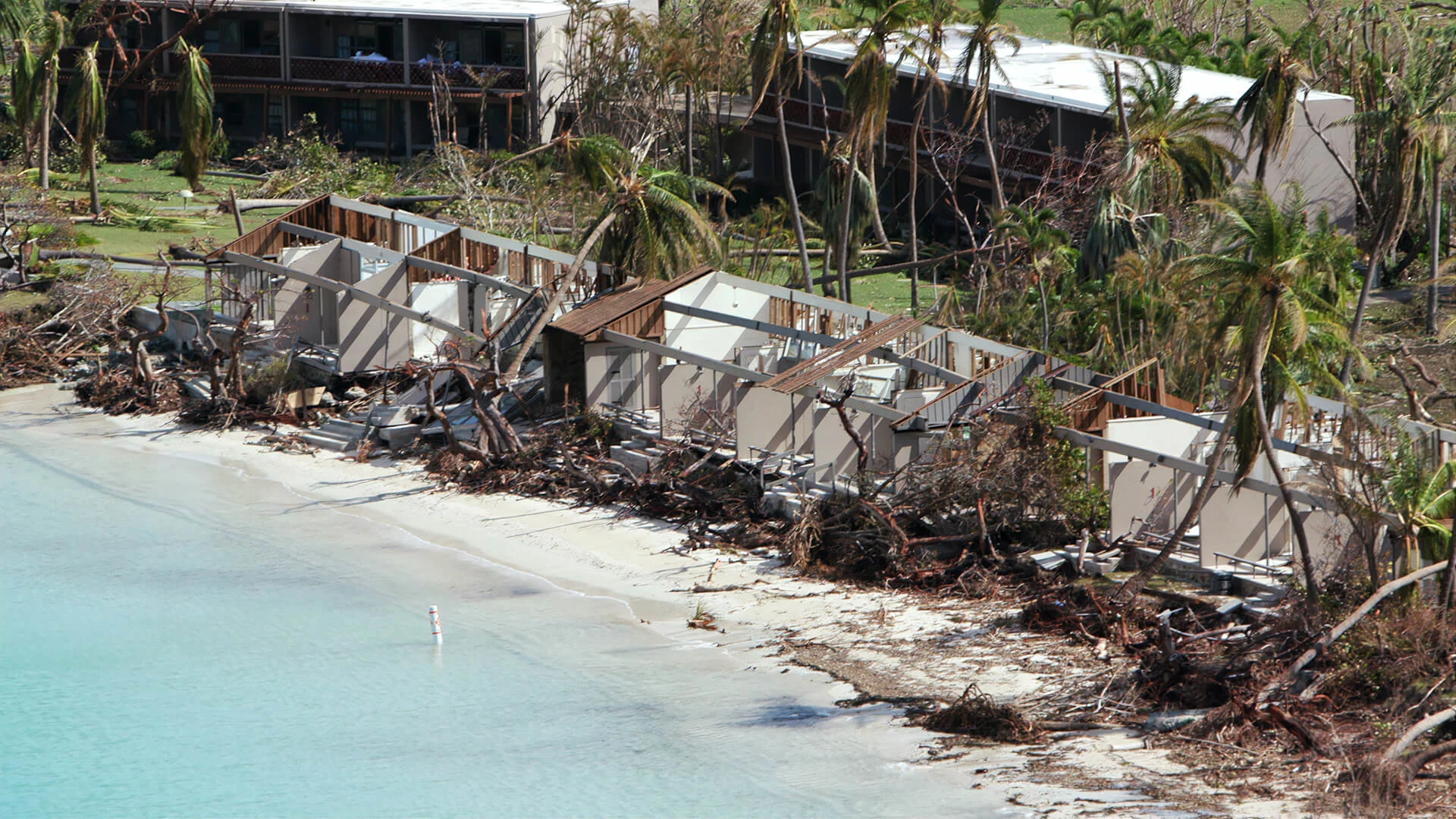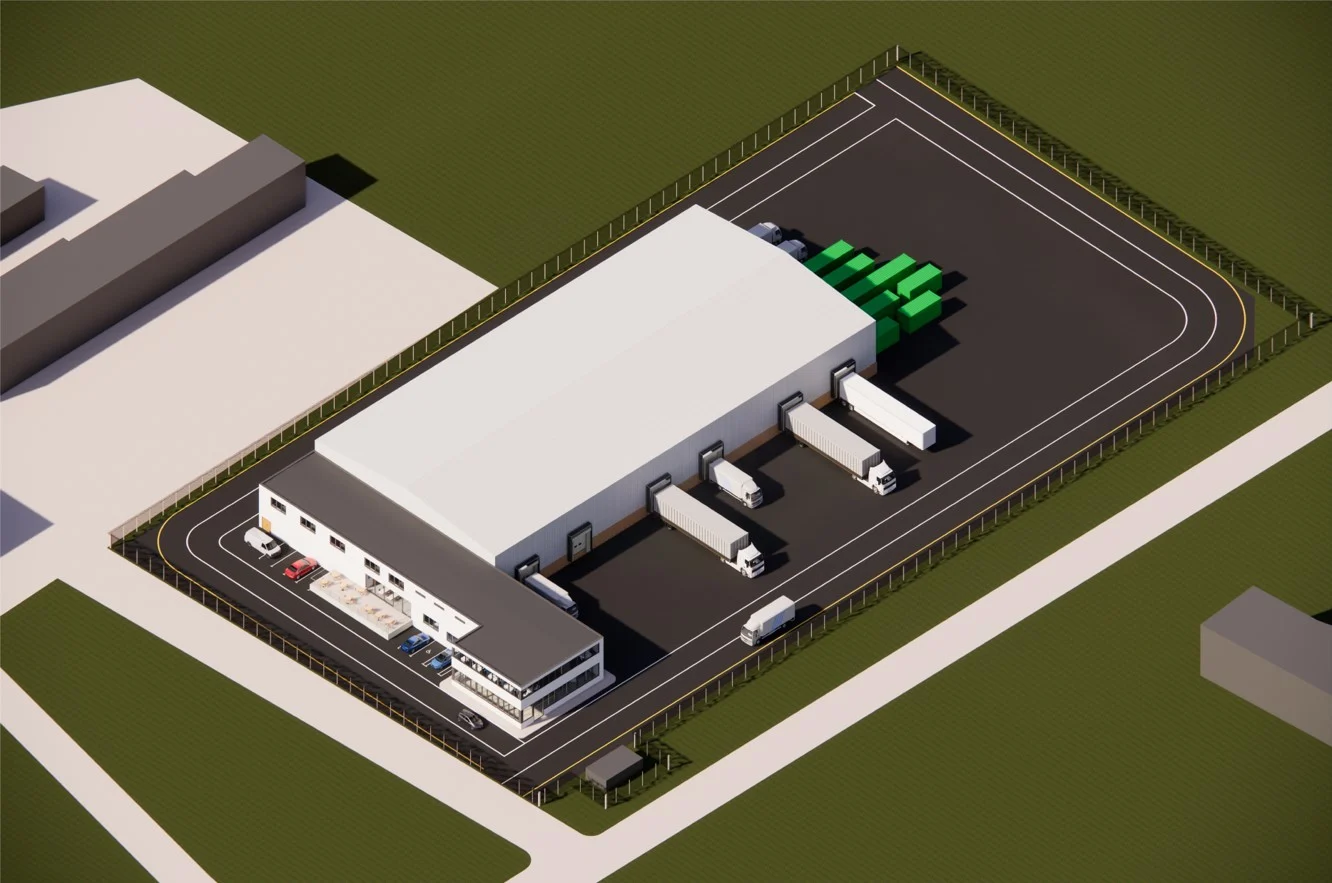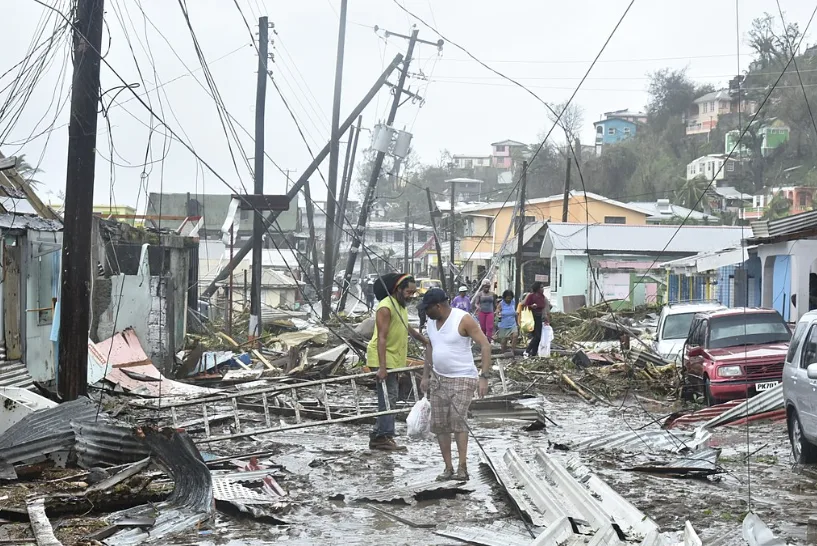
"Frontlines of climate change": Barbados builds new disaster preparedness hub
Nations are increasing their emergency preparedness capabilities as natural disasters become more frequent and severe, particularly in the Caribbean.
From rising sea levels to catastrophic hurricanes, Caribbean islands are highly exposed to the destructive impacts of the changing climate. Over the past 70 years, there have been 511 disasters in Small Island Developing States and 324 occurred in the Caribbean.
In an effort to adapt to the worsening nature of storms in the Caribbean and enhance emergency response systems, a new disaster preparedness hub will soon be built at Barbados’ international airport.
“The Caribbean islands are right on the frontlines of climate change. As hurricanes become more frequent and severe, we need to be fully prepared so that lives are saved, livelihoods are defended, and hard-won development gains are protected,” David Beasley, WFP Executive Director, said in a press release.
The main goals of the new preparedness hub will be to strengthen the broader disaster management system, expand the logistics infrastructure, and stock relief items and equipment within the Caribbean. This will allow regional institutions to quickly deploy key equipment that is needed in the initial phase of the response.

A rendering of what the preparedness hub would look like from an aerial view. (World Food Programme)
The hub is a partnership between CDEMA, WFP, and the government of Barbados and has received funding from Canada, the United States, and the European Union.
Recent storms have highlighted the need to expand emergency response capacities and pre-position equipment and supplies.
In August and September of 2017, Irma and Maria were Category 5 hurricanes that struck several Caribbean islands and also caused damage in the United States. “People would have gone a lifetime was seeing a direct hit of a storm of that magnitude. And they saw two in two weeks,” Regis Chapman, Country Director for the World Food Programme Caribbean Multi-Country Office, told The Weather Network.
“It was in the reflection of that response that we thought, it would be better to have a presence here in the Caribbean.”
Watch below: How do we know when weird weather is caused by climate change?
There are several reasons why Barbados was chosen as the location for the preparedness hub. The Caribbean Disaster Emergency Management Agency (CDEMA), which is a network of emergency units that coordinates responses to disasters, is located on the island. Barbados is also located further away from the traditional hurricane belt in the Caribbean.
“It's really about positioning the core of disaster management for the Caribbean within the Caribbean and strengthening the capacities of regional institutions and national governments to be able to handle increasingly severe storms,” explained Chapman.
The hub is in the early stages of construction and will have three sections so it can shift between a training centre and an operational hub. One section will be dedicated to surge capacity where containers and equipment can be stored. Another section will be a large warehouse facility approximately 2,550 square metres in size. The third section will be dedicated to training and operations.
“These types of facilities can provide a bit more assurance to populations in knowing that these items, capacities, and equipment are on standby and ready to move at a moment's notice,” said Chapman when asked about the public reaction to the hub.
Part of what makes Caribbean countries highly vulnerable to climate change and natural disasters is the small land mass of the nations and population size. When a hurricane makes landfall in the U.S. only one state might be affected, whereas a hurricane of the same size could inundate an entire island nation.

A road in the Roseau area of Dominica is littered with structural debris, damaged vegetation, and downed power poles and lines after Hurricane Maria in 2017. (Roosevelt Skerrit/ Wikimedia Commons)
“Dominica lost over 220 per cent of its GDP in a single day in 2017. Imagine the impacts of a 220 per cent loss of GDP in Canada — you just can't fathom that. Sometimes in the Caribbean, the numbers seem small because they're smaller populations. But the impact is just so catastrophic and it really sets these countries behind for decades to come,” said Chapman.
So far the 2022 Atlantic hurricane season has been quiet with zero hurricanes making landfall as of early September. However, most hurricane activity occurs between August and October, and NOAA recently stated that there is a 60 per cent likelihood of an above-normal Atlantic hurricane season.
“We’re just getting into the peak months of August through October for hurricane development, and we anticipate that more storms are on the way,” said NOAA Administrator Rick Spinrad in a press release.
Thumbnail image: Hurricane Irma 2017 devastation, Caneel bay, Virgin Islands. (Getty Images)

